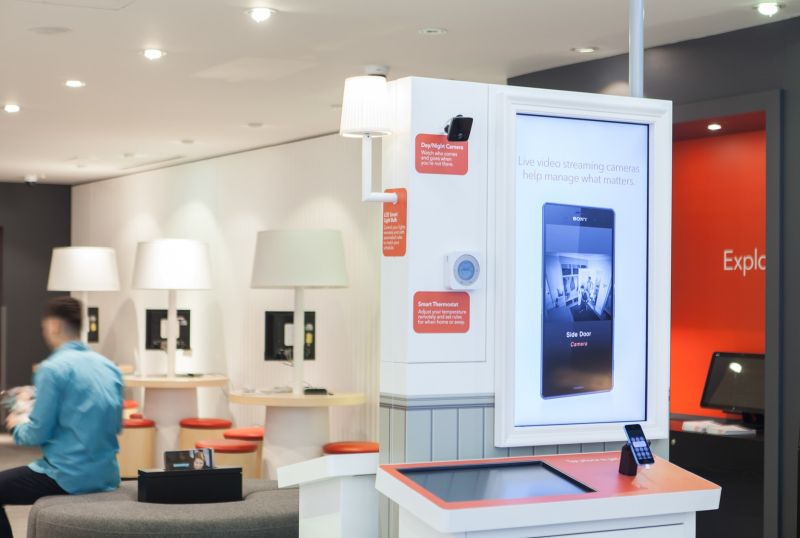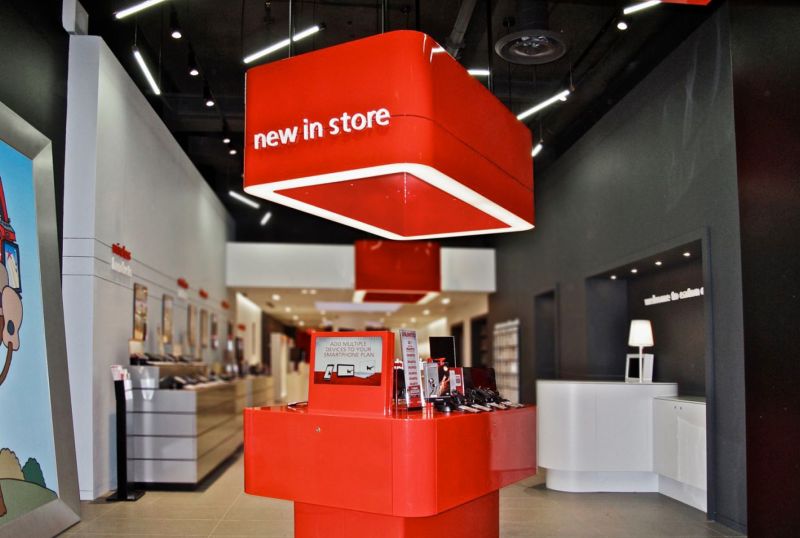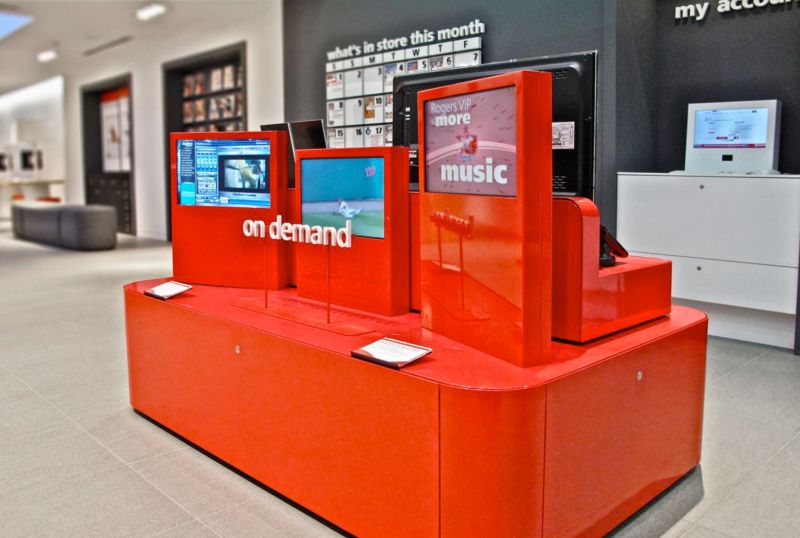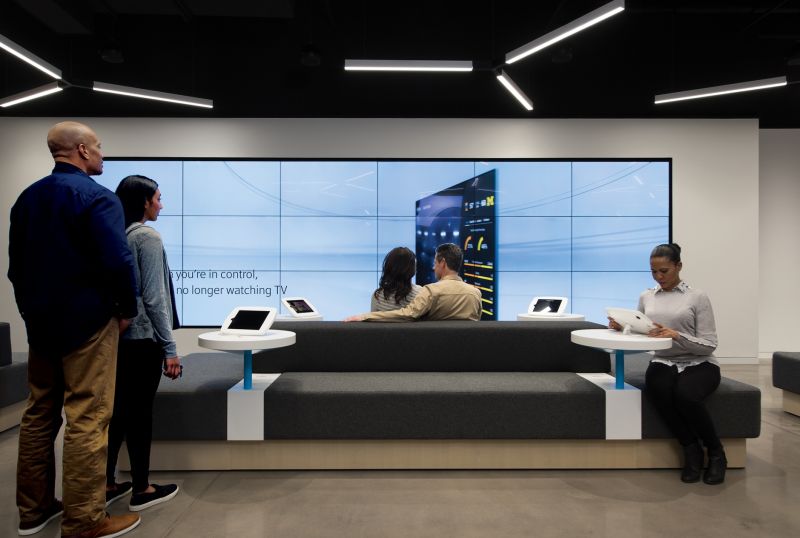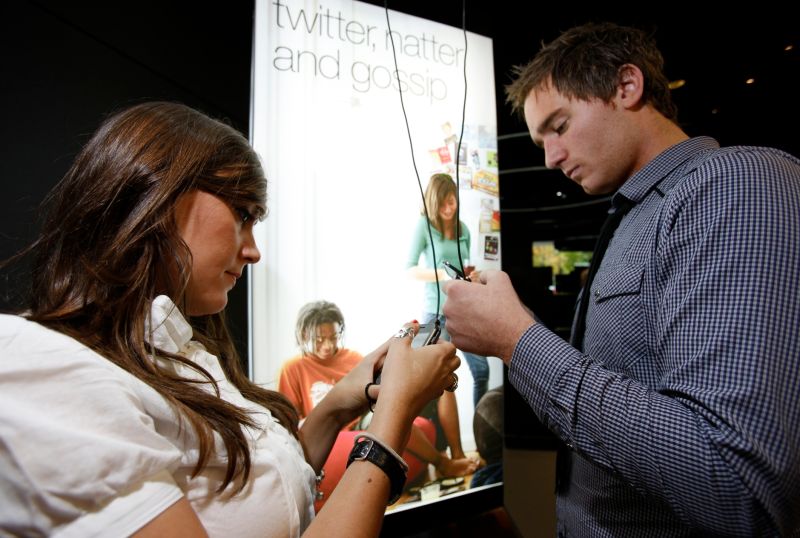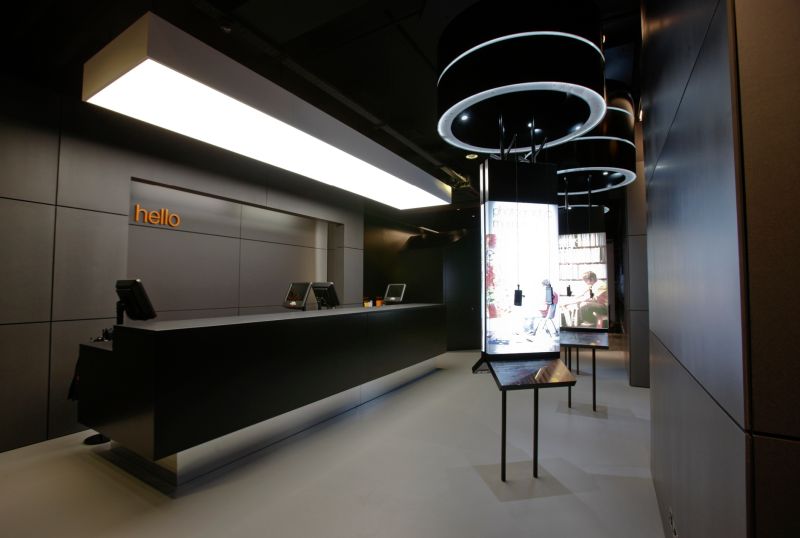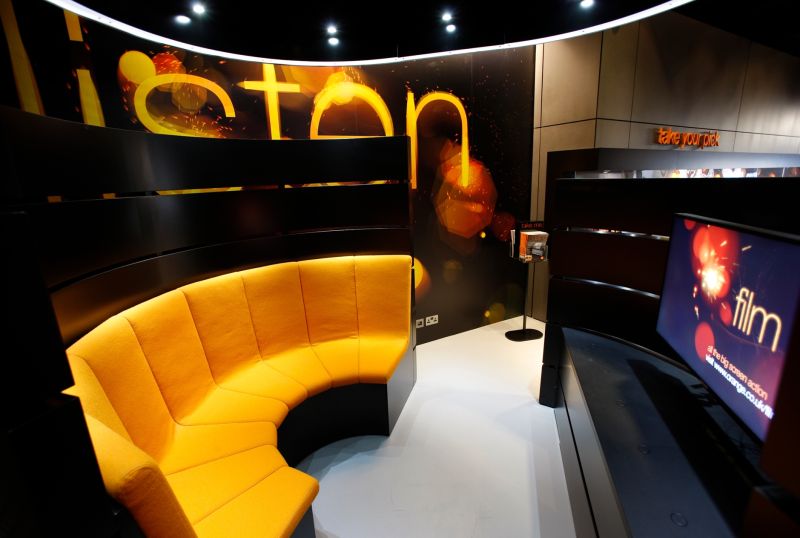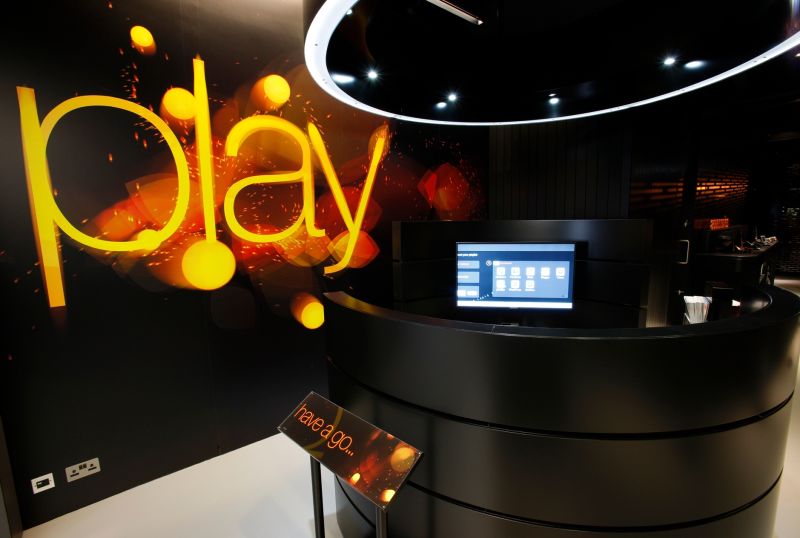The 'Priming' effect
Since the 1970s, there has been a huge amount of research into ‘priming’. The depth, detail and complexity of information makes it difficult to understand the different levels of impact this phenomenon can have on our behaviour. But today, most leading researchers agree that priming affects us all to some extent.
What is ‘priming’?
Priming happens when exposure to one thing influences your response to another — typically these two stimuli are interconnected. Priming activates stereotypes, memories and attitudes in our minds and can cause positive and negative emotions. It works best when it’s undetected; as soon as people realise they are being primed, the effect diminishes dramatically.
How does this apply to retail?
At Quinine, we think long and hard about how we can use everyday reference points to help people understand and navigate the in-store experience. We use different stimuli to prime customers and staff towards more meaningful experiences. As one of the leading experiential design companies, our design ideas often work at a subconscious level, making the experience more intuitive, pleasant or engaging.
We feel that priming can help create more meaningful connections between people and brands within a physical retail space. And not in the way of the dark arts of subliminal messaging or hidden persuasion. For us, priming is about clues, props and prompts that guide customers along a more positive in-store experience. Whether the priming interventions are large or small, whether they go noticed or unnoticed, we believe in that magical moment when all the design details and considerations come together and help customers make sense of the retail experience. That’s why we’re not just a design company, we’re one of the leading experiential design companies.
Some interventions can be small
For a store format concept for Rogers Telecommunications, we used the angle of the digital screens to indicate what was expected from the customer. Straight, vertical screens were used for viewing content, a passive interaction. Angled screens invited customers to touch and become involved in a more active experience.

Or interventions based on fixtures
For our store format for Comcast, we looked closely at how customers engaged with the height of the surfaces and counters. A high counter, which customers can easily lean on, is perfect for informal discussions. Lower-height surfaces are more suited to showcasing services and content in an almost museum-like setting. A counter height that’s a little bit higher than normal encourages customers to pick up and play with products.
Or larger interventions that feed off human posture
We created a digital playground-themed store for telecommunications brand Orange. Location-based services and demo products were hung from the ceiling, so customers could interact while standing, as if they were on the move. In the home area, an experience pod used a lounging posture similar to one you might have on your sofa at home. This had a steep recline, high back and was upholstered in a soft, tactile fabric that felt warm and comfortable. It was all about creating a relaxed, homely feel in which customers could try out home internet and cable products and services.
Priming out in the wild
There’s currently a lot of debate in the academic community and between experiential design companies about the real-life impact of priming. Experimenting with priming in a laboratory setting is easy to control and has clear findings. But in real-life settings, so many different factors come into play that it’s difficult to be sure of the impact.
My favourite priming study is probably the research by AC North, DJ Hargreaves and J McKendrick titled, ‘The influence of in-store music on wine selections’. Published in the ‘Journal of Applied Psychology’, this considered how playing French or German music influenced customers’ selection of wines. Music from each country was played on alternative days for two weeks. Sales of German wine increased on days when German music was played, while people bought more French wine on the days French music was played. In a survey afterwards, customers reported little or no influence of the music on their selection.

As one of the leading experiential design companies, we created 'Design Principles', a feature on our blog where we share a ‘shallow dive’ into different theories, concepts and principles that underpin our work. The aim is to better understand design principles and their practical application in retail environments.
References and other readings:
‘Universal Principles of Design’ by William Lidwell, Krinia Holden and Jill Butler.
‘The Power of Suggestion’ by Tom Bartlett (The Chronicle Review, 2013)




